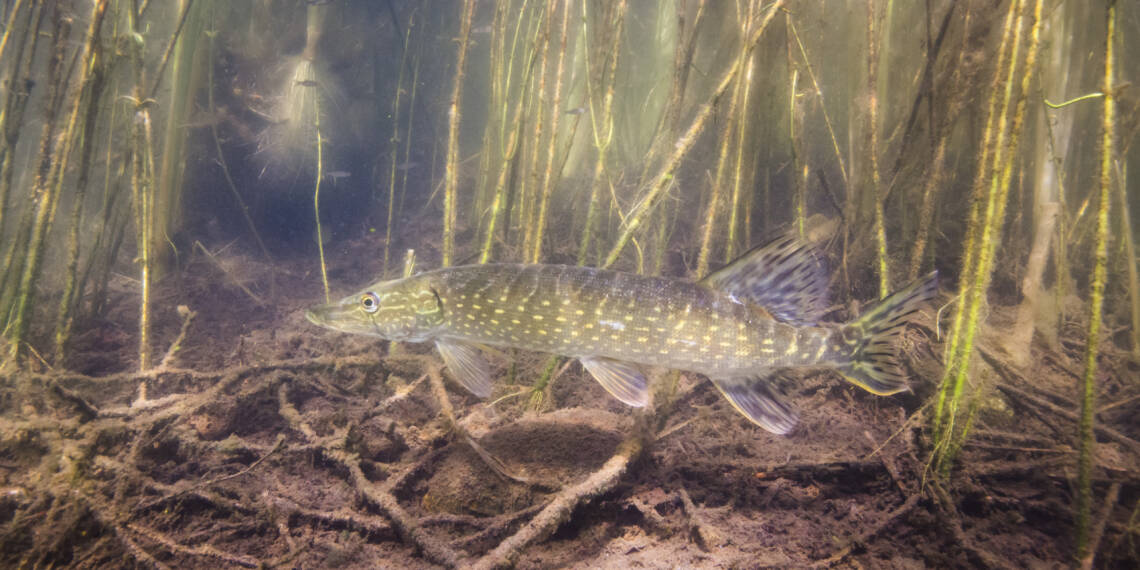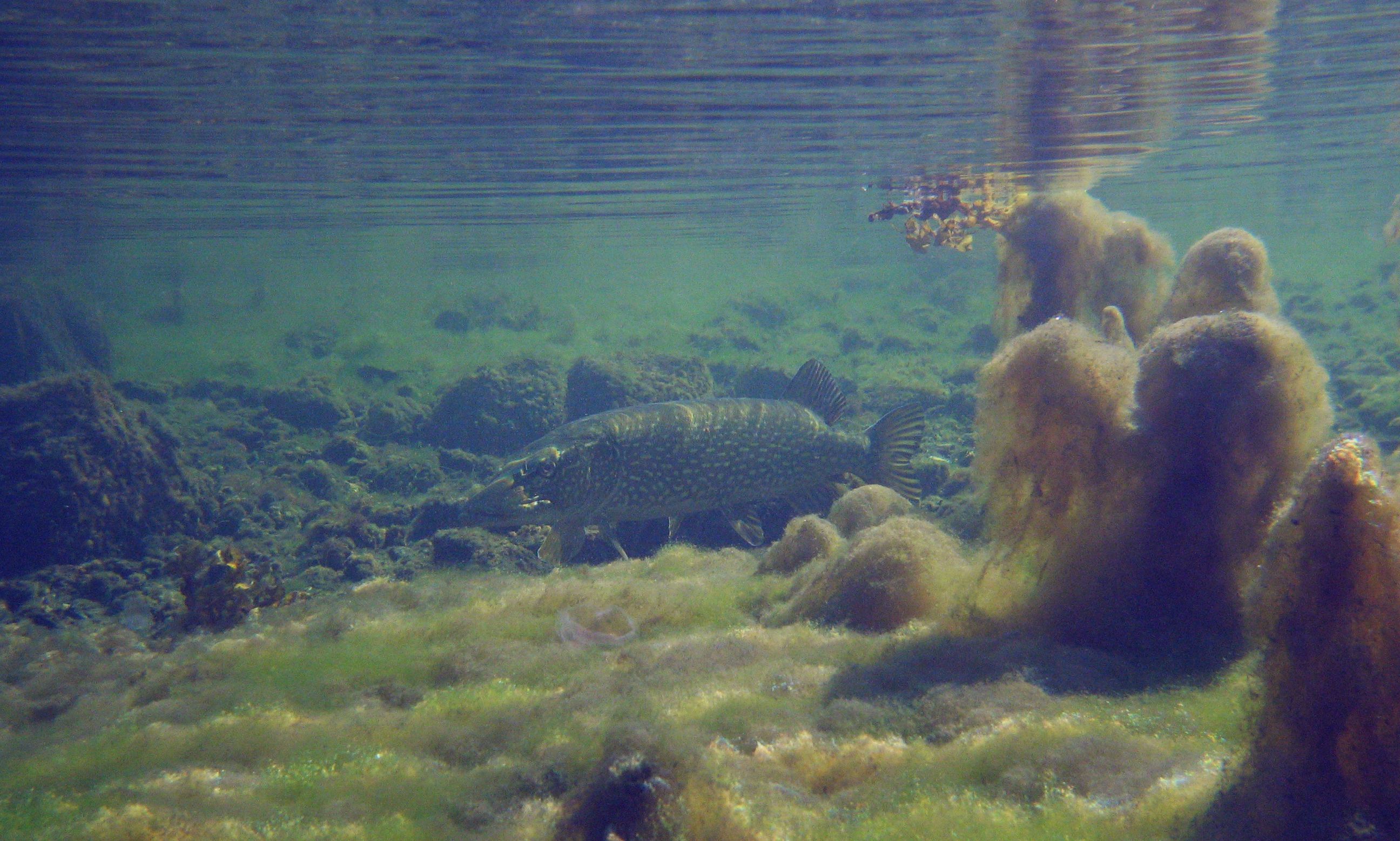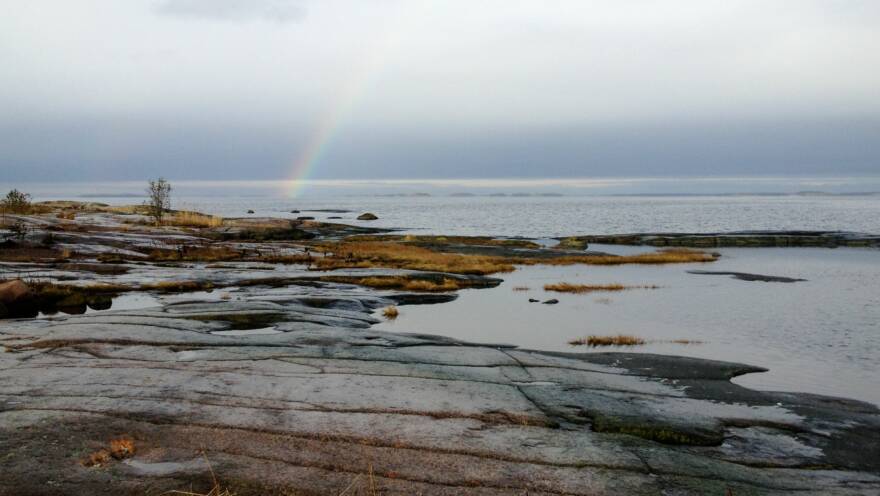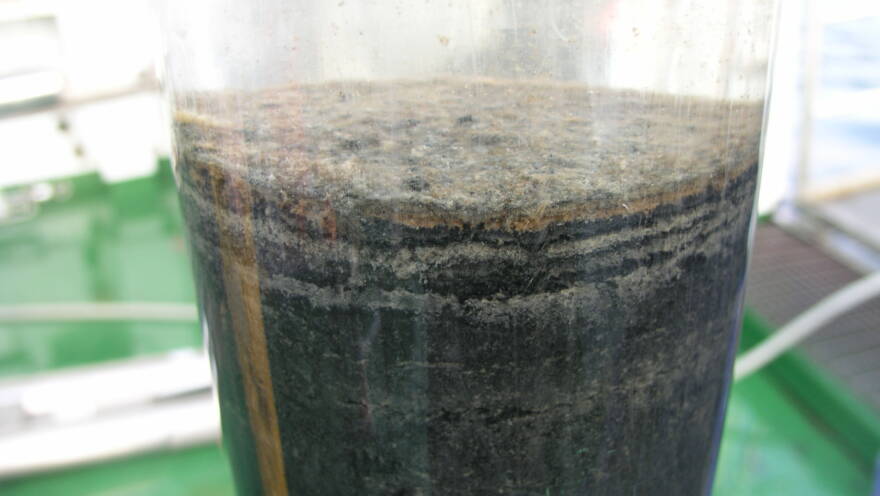
The Baltic Sea was a radioactive sea
The Baltic Sea is the most radioactive in the world with respect to the radioactive isotope caesium-137. The main cause of such radioactivity was the accident at the Chernobyl nuclear power plant in 1986, which is responsible for about 82% of the caesium found in the Baltic Sea.
The Baltic Sea is the most radioactive sea in the world in terms of the radioactive isotope cesium-137. The main reason for this radioactivity is the Chernobyl nuclear power plant accident in 1986. Another important source of radioactivity in the Baltic Sea derives from the nuclear tests conducted in the atmosphere in the 1950s and 1960s. Additionally, artificial radioactivity has entered the Baltic Sea from nuclear fuel reprocessing plants outside the Baltic region.
The most quantitatively significant radionuclide from the radioactive emissions of nuclear facilities in the Baltic Sea drainage area is tritium. However, due to its low radiation energy, it does not significantly impact the radiation dose received by humans.
State of the Baltic Sea 2024: Radioactivity
Since the Chernobyl accident, the radioactivity of the Baltic Sea has steadily decreased as cesium has halved and sedimented to the seabed. Cs-137 concentrations in herring have declined, and from 2017 to 2022, the levels finally reached those before the Chernobyl accident. Currently, the Baltic Sea is in good condition regarding radioactivity and does not pose a threat to the ecosystem.
The consequences of Chernobyl were unevenly distributed in the Baltic Sea
The deposition of radioactive fallout from the Chernobyl nuclear accident was very unevenly distributed in the catchment area of the Baltic Sea. The greatest accumulation of radioactive deposition occurred in the areas surrounding the Bothnian Sea and the eastern Gulf of Finland.
Due to its unobstructed water exchange, the waters in the Gulf of Finland have been cleansed of cesium much faster than in the Gulf of Bothnia. The target levels for cesium in the Baltic Sea have been set at pre-Chernobyl concentrations.
Cesium concentrations in seawater have steadily decreased from the peak values at the time of the accident as cesium has halved. In the 2020s, its concentration in fish and water finally reached pre-accident levels.
Radioactive caesium ends up in fish and the seafloor
Radioactive substances enriches in the food chain. The highest levels of cesium-137 have been measured in predatory fish, such as pike and cod. Cesium concentrations in fish reflect changes in water concentrations, albeit with a time lag.
Most of the cesium that entered the Baltic Sea is currently buried in the seabed and it is removed from the bottom sediment only through radioactive decay. The half-life of cesium is long, 30 years. Therefore, it will take several decades before the cesium concentrations in the sediment reach pre-Chernobyl accident levels. In 2025, the amount of cesium in the seabed of the Gulf of Finland was generally about 10 times higher than before the Chernobyl accident.

-
 Find out more
Find out moreMarine management and environmental protection
-
 Find out more
Find out moreSediment deposits

